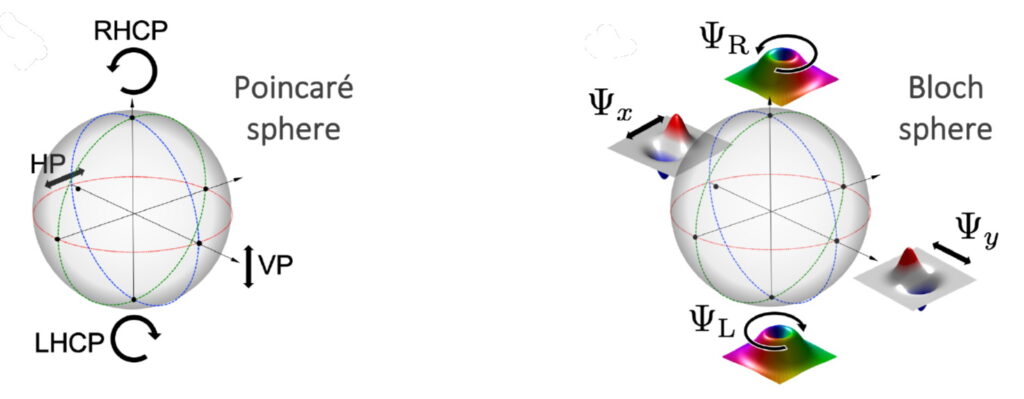Spectromicroscopy techniques with fast electrons can quantitatively measure the optical response of excitations with unrivalled spatial resolution. However, owing to their inherently scalar nature, electron waves cannot access the polarization-related quantities. Despite promising attempts based on the conversion of concepts originating from singular optics (such as vortex beams), the definition of an optical polarization analogue for fast electrons has remained an open question. Here we establish such an analogue using the dipole transition vector of the electron between two well-chosen singular wave states. We show that electron energy loss spectroscopy allows the direct measurement of the polarized electromagnetic local density of states. In particular, in the case of circular polarization, it directly measures the local optical spin density. This work establishes electron energy loss spectroscopy as a quantitative technique to tackle fundamental issues in nano-optics, such as super-chirality, local polarization of dark excitations or polarization singularities at the nanoscale.
Optical polarization analogue in free electron beams

1.
Lourenço-Martins, H., Gérard, D. & Kociak, M. Optical polarization analogue in free electron beams. Nature Physics (2021) http://doi.org/10.1038/s41567-021-01163-w.
